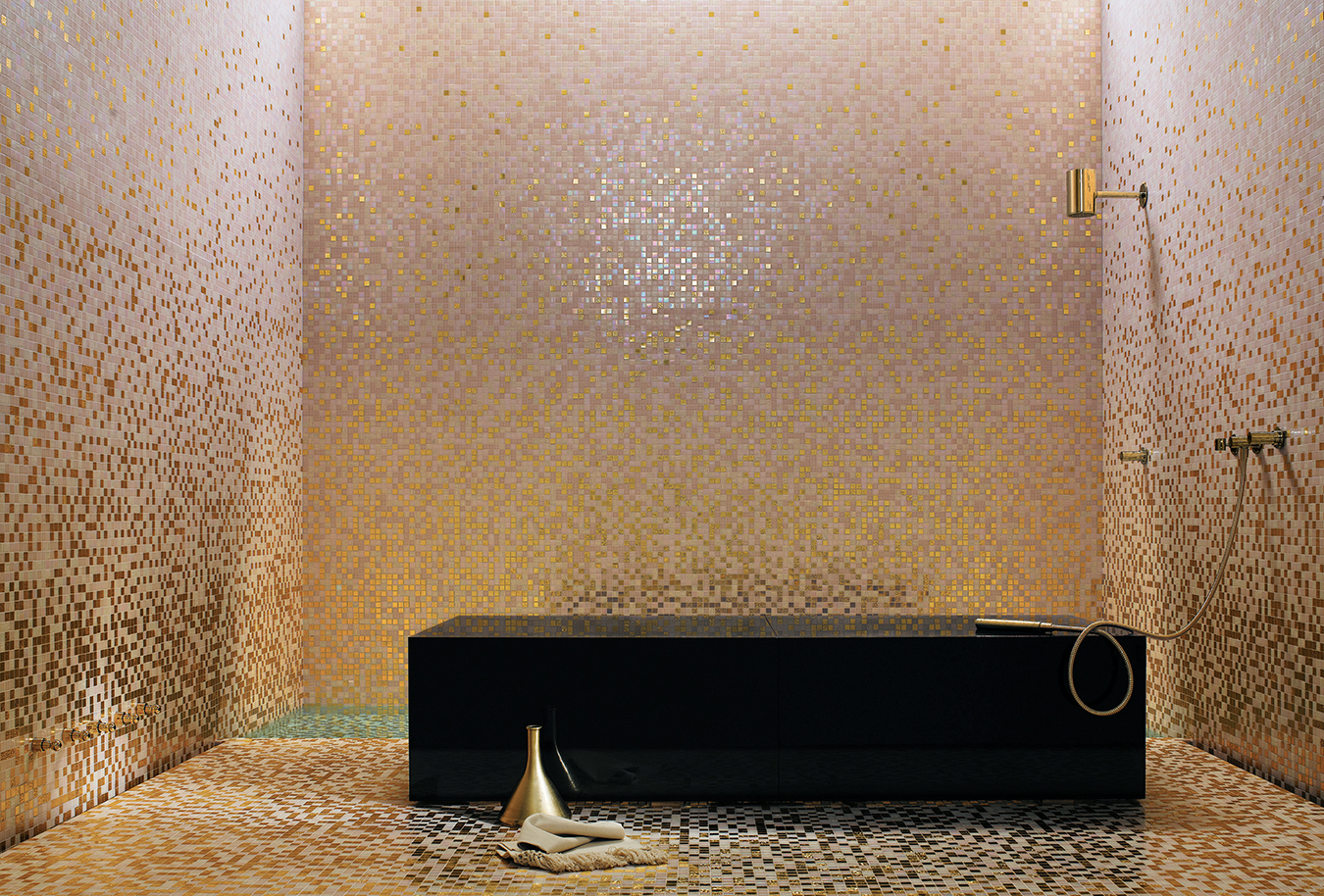A Riverside Pastel Oasis in Berlin by Grzywinski+Pons
The ground floor of Locke at East Side Gallery is home to a stylish hi-fi café and lounge.

Separating Berlin’s busy Muhlenstrasse and the meandering Spree Riverand abutting the historic East Side Gallery, where a stretch of what was once the Berlin Wall has been transformed into the world’s longest open-air gallery, an aesthete’s dream has taken up residence in the Friedrichshain neighbourhood. Designed by New York design firm Grzywinski+Pons, Locke at East Side Gallery is not your typical hotel. A self-proclaimed “design-led aparthotel,” the getaway was imagined for easy living with kitchens in each of the 176 contemporary studios and suites and amenities like communal laundry and in-room yoga mats.


Also designed by Grzywinski+Pons, the ground floor is a pastel oasis. Making up most of the hotel’s public areas, the downstairs is home to free coworking space and Anima, a high-fi café by day and a restaurant and wine bar by night. The designers conceptualized this area as a microcosm of the city itself with an open and circular layout made up of numerous smaller pockets, like Berlin’s neighbourhoods. Fluted partitions, tile-clad chest-height walls, woven room dividers, and integrated planters guide guests through the space. Cast in a soft palette of pastels, the space is serene and contemporary, bridging the gap between the gentle Spree River and the bustling Muhlenstrasse. The interior walls are noncontinuous, meant to mimic the remaining fragments of the Berlin Wall.


The space offers seating of every type, from plush green and terra cotta stools to low contemporary armchairs, from geometric Adirondacks and a modern take on a wingback with high fabric sides to tall wooden bar stools and a variety of stylish dining chairs. Built-in planters and benches, made with locally sourced recycled sand and lime bricks, are topped with grey cushions, and plenty of surfaces, like a long stone table and small round ones, provide ample work zones. The furniture is eclectic and mismatched but cohesive thanks to complementary tones and textures.


Overhead, the technical elements are mostly exposed but painted white to match the occasional coffered suspended ceiling panels. Long ombre curtains along certain walls soften the industrial features, and simple porcelain floors are topped with high-pile silvery sage-green and braided-grass area rugs in places, enhancing the feeling of intimacy.
With shelves packed full of records, a listening library occupies one wall featuring a pink-tiled bar, a custom hi-fi sound system by sound experts H.A.N.D. HiFi and a mixer by Resør Electronics, both local companies, where different DJs set the vibes on weekends.

Lighting plays a key role in the space’s ability to seamlessly transition from day to night. During the day, floor-to-ceiling windows offer breathtaking views of the river and plenty of natural light. After dark, the interiors are illuminated with a wide variety of soft lighting solutions from fluted pendants to globe scones to wicker floor lamps.
Throughout, narrow sculptural wood columns are a nod to the hundreds of BT-6 watchtowers that were once along the Berlin Wall to stomp resistance. “We were so inspired by how the East Side Gallery employed art to repudiate a violent legacy that we wanted to craft our own towers as pure aesthetic expression,” the designers write in a statement.


Photographs by Nicholas Worley.




